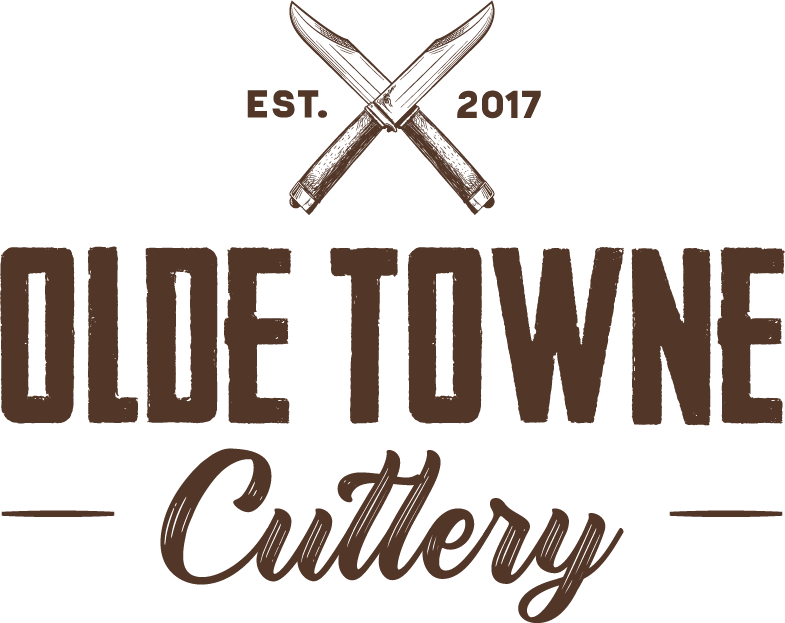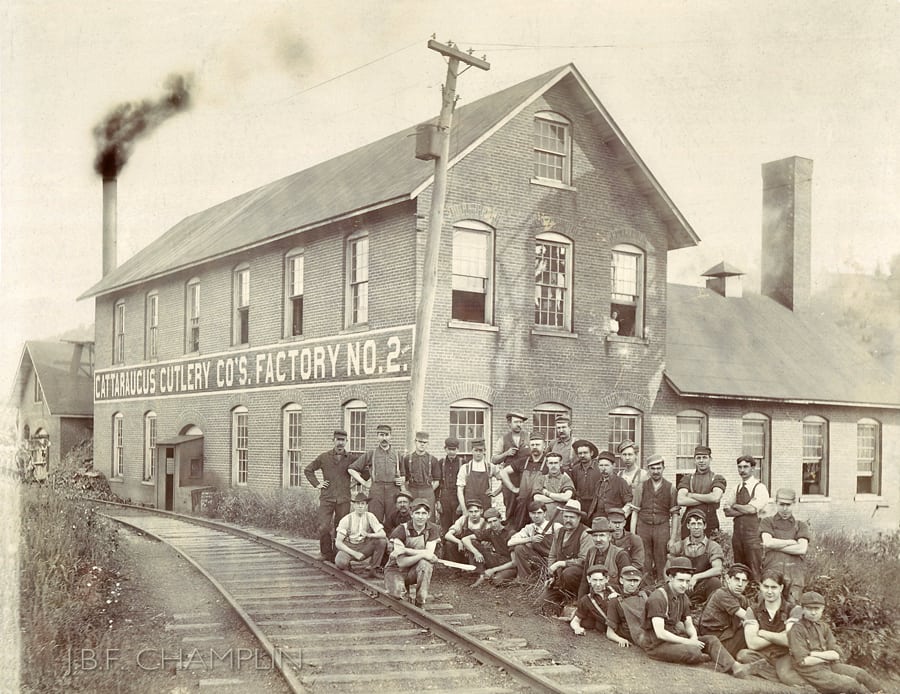
American Cutlery is now known as the finest in the world, rivaling the cutleries of Seki, Japan, Solingen, Germany, Toledo, Spain, Maniago, Italy and others. As we discussed in Newsletters Volume III and IV, American Cutlery was borne out of the English Roots in Sheffield, England. For much of the 18th and 19th century, if you had a quality knife, it was probably made in Sheffield. That began to change in the late 19th century when John Russel built the Green River Works and created the largest cutlery factory in the world. As we moved into the 20th century, many fine cutleries rose to prominence as they attracted high quality cutlers as immigrants to the new world. The industrial revolution propelled men with great ideas who were driven to succeed to build cutlery empires; some of which can still be seen on the landscape of American Cutlery today. But there was a dark era on the horizon as the 20th century came to a close.
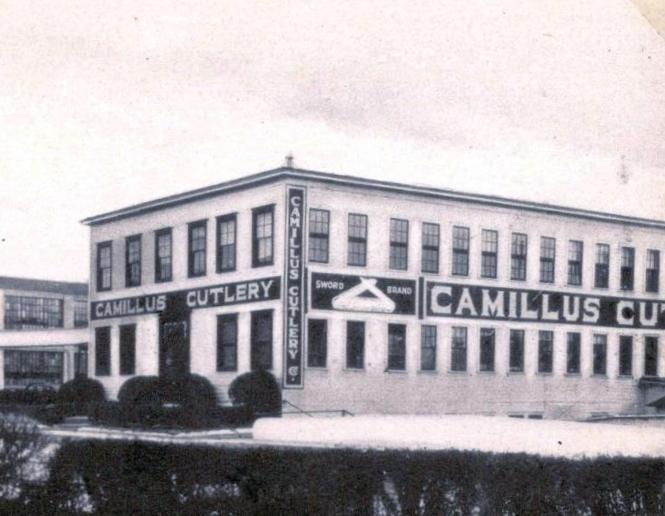
The last quarter of the century saw great change and consolidation in the industry. Western Cutlery teamed up with Coleman (the camping equipment producer) and then somehow veered into Camillus. Schrade had to fend off a hostile takeover in the 80’s and ended up with an identity crisis. Marble’s had been the gold standard of fixed blades and decided that moving production to China was somehow a good idea. Meanwhile in Europe, the same trends were happening. Robert Klass and Kissing Krane quietly folded German production and moved to China. Sheffield cutleries hemorrhaged jobs and production due to shifting trends to Asia. The industry was poised for a meltdown. Then it happened. In 2000, Marbles was essentially done; merely three years after the decision to take an iconic American brand and cheapen it with poor quality products. Schrade was the next giant to fall in 2004, and the once multi-million-dollar titan of the industry was essentially left with nothing more than the rights to the name, which it sold for peanuts. Then Camillus declared bankruptcy after failed labor negotiations crippled the company in 2007.
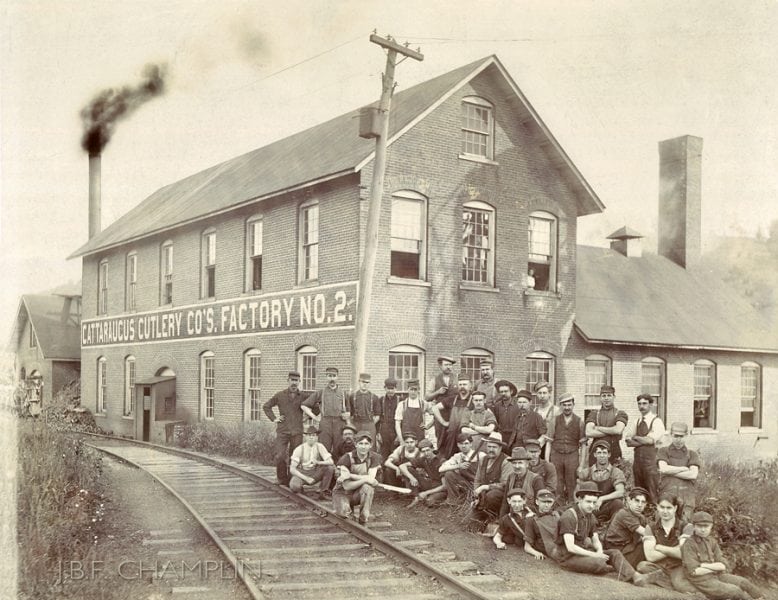
American cutlery was left reeling. The trend was to shift production to overseas imports and compete on price. Some resisted the urge, such as W.R. Case, but even Buck Knives and Ka-Bar plunged headlong into the confusing marketing nightmare of part American/part Asian production. The mindset of competing on price produced a period of stagnant creativity in production companies. The market was thirsty for innovative products, and these titans of industry sought the wrong solution. This created the perfect conditions for a renaissance in American Cutlery.
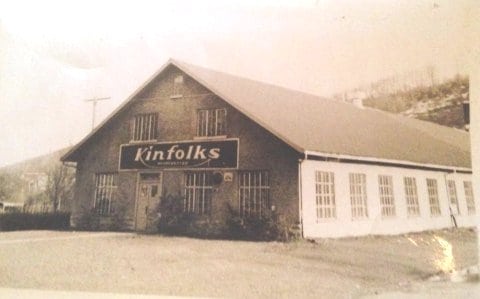
The consumer changed their mindset as well. Mass produced generic product was boring and unappealing. Americans demanded more, and it was now fashionable to buy local, buy American, and buy from smaller producers that don’t make zillions of the same old thing. The attacks of 9/11 certainly had something to do with this, and the Great Recession also affected the mindset. It wasn’t just in knives, it was across all aspects of the American pocketbook. Just look at the brewery industry as a similar comparison. Thirty years ago, there were only Anheuser-Busch products, Miller and maybe PBR in the beer case. Today there are scores of micro-brews, unique brands, and a host of variety.
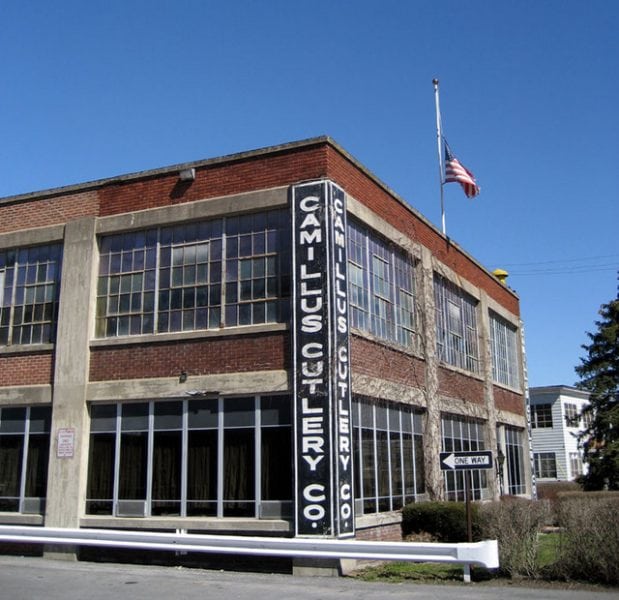
The list of companies that have filled the void is long. Winkler Knives, Spartan Blades, Great Eastern Cutlery, Southern Grind, White River, and the list goes on. The custom market has absolutely exploded with creativity, and the recent Blade Show expansion into a second hall (and a second west coast show) is proof of the robust variety now available to consumers.
The story of American Cutlery did not end with the implosion of the industry in the late 20th and early 21st century. The shift to cheap Asian production only opened the door to new innovative young minds that were willing to bet on American workers and American quality. Benchmade, ZT, Bark River and scores of others have proven that not only is there an appetite in the American consumer, the world demands American quality products as well. Never has there been a better time to be an American knife-maker.
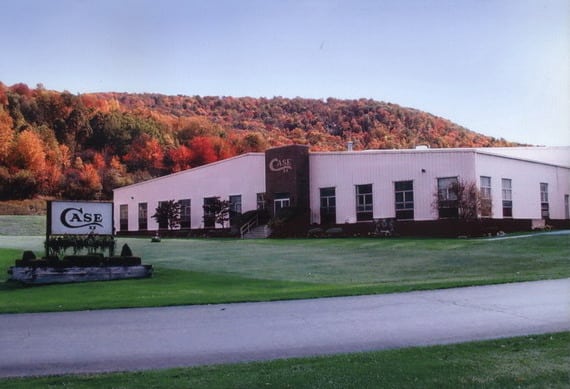
As a final thought, we cannot dismiss overseas production as cheap and of poor-quality. The stigma of “Made in China” being junk is entirely self-inflicted. Until recently, Americans didn’t ask the Chinese to make a quality knife. We asked them to make a $3 piece of crap. So, they did. Shame on us for thinking that was all they were capable of making. But somewhere along the line, someone asked them to make a quality product and boy did they. Just look at Rough Rider, Kizer, CRKT and Spyderco. The list of premium Asian brands is growing, and their product is… well… outstanding.
Here at Olde Towne Cutlery we are as pro-American as patriots can be (the Patriot was even my Alma-Mater). We passionately support American jobs and manufacturing. But remember that the international trade is big business for America too. I grew up in Charleston, South Carolina, one of the largest ports in the country, and my family was in the shipping business. Stevedores, Longshoremen, crane operators, harbor-pilots and scores of supporting jobs are good paying careers that are entirely dependent on international trade.
So, what is the solution? BUY BOTH! You can’t have too many knives anyway! You need at least three of EVERY brand! Hehe. Happy knife hunting.
